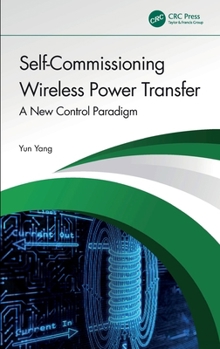Self-Commissioning Wireless Power Transfer: A New Control Paradigm
This book describes the design and implementation of new front-end monitoring and control strategies for wireless power transfer (WPT). WPT researchers will benefit from this, along with graduate students learning about control schemes for power converters at the transmitter sides and primary-side control for transmitter-side inverters.
Format:Hardcover
Language:English
ISBN:1032737816
ISBN13:9781032737812
Release Date:November 2025
Publisher:CRC Press
Length:163 Pages
Weight:0.92 lbs.
Dimensions:0.4" x 6.1" x 9.2"
Related Subjects
Engineering Science Science & Math Science & Scientists Science & Technology TechnologyCustomer Reviews
0 rating





